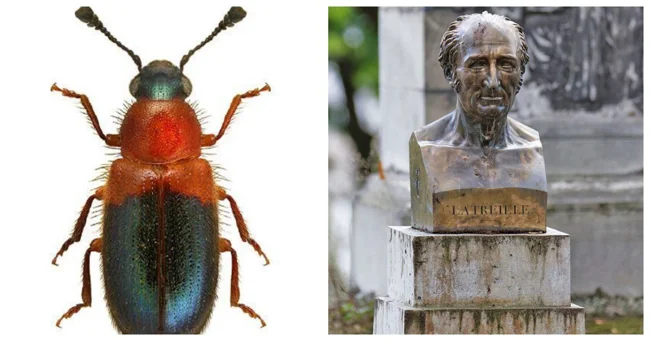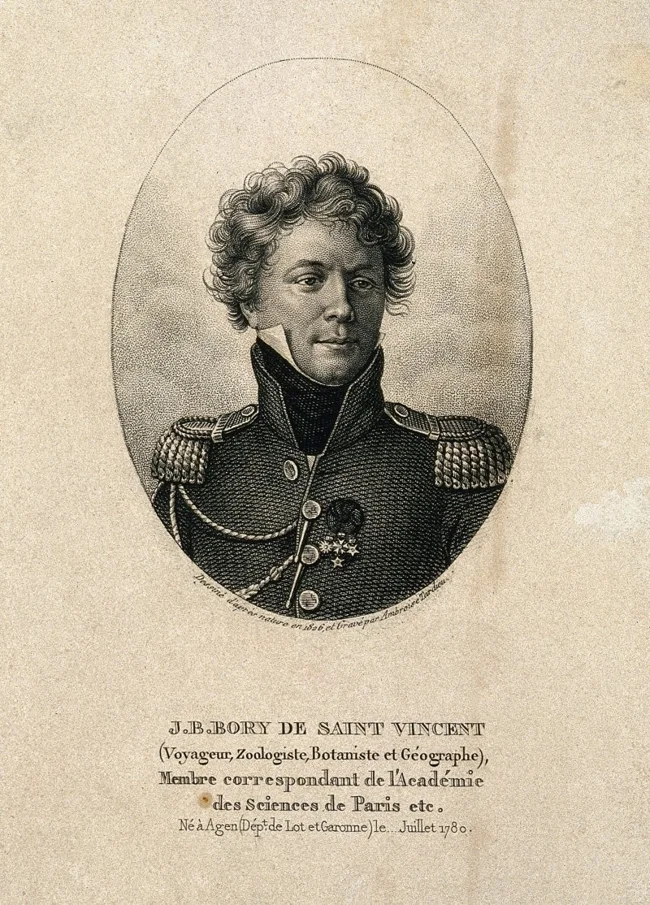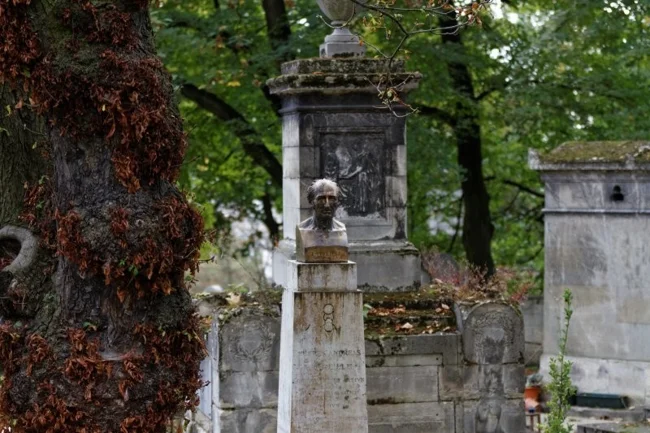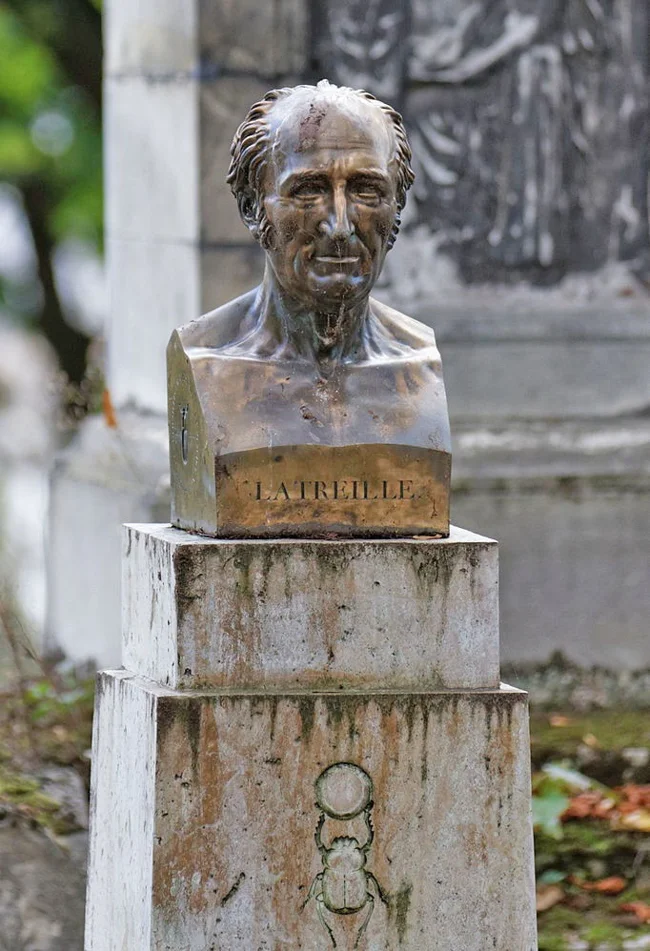The beetle that saved a scientist from the guillotine (6 photos)
He could have become a priest, but he chose beetles. He should have died in prison, but he was saved by… a rare pied beetle. The story of Pierre André Latreille, the father of modern entomology, is like an adventure novel, where science triumphs over political chaos. 
But before he became a famous scientist, he had to go through prison, revolution, and even a death sentence.
A Life for a Life 
Pierre André Latreille - French entomologist. Professor of entomology at the Natural History Museum in Paris and member of the Academy of Sciences
In 1793, France was in the midst of revolution. The monarchy had collapsed, and all priests were required to swear allegiance to the new government. But Latreille, being a priest by education, refused to take such an oath. He was arrested and thrown into prison in Bordeaux - one of the most terrible prisons of those years. Those who were awaiting the guillotine ended up there.
One day, while sitting in his cell, Latreille noticed a small beetle crawling on the floor. He not only saw an insect, but recognized it as a rare species, Necrobia ruficollis, which almost no one had studied before. 
Jean-Baptiste Georges Marie Geneviève Marcellin Bory de Saint-Vincent - French botanist, naturalist, volcanologist and traveler
Latreille was staring at the beetle when the prison doctor looked into the cell. He saw the prisoner holding the insect reverently, exclaiming: "This is a very rare beetle!"
The astonished doctor handed the find to the young naturalist Jean-Baptiste Bory de Saint-Vincent, then only fifteen years old, but already famous for his research. 
Red-breasted bone beetle
The young man realized that before him was the work of one of the first insect specialists in France. He rushed to all authorities - and literally in a month he got Latreille out of prison.
Meanwhile, all the other prisoners sentenced with him were executed...
Having miraculously escaped the guillotine, Latreille decided not to get involved in politics anymore. He devoted himself entirely to his favorite business - the science of insects. 
Obelisk over the grave of Pierre André Latreille, Pere Lachaise Cemetery, Paris
Under the influence of another great entomologist - Johannes Christian Fabricius, who was the first to describe this very life-saving beetle, Latreille wrote his first major scientific work - "A Brief Guide to the Definition of Insect Genera".
His fame grew with each passing year. In 1798, he was invited to work at the French Museum of Natural History, where he collaborated with such a luminary as Jean-Baptiste Lamarck.
Latreille was the first to attempt to systematize all arthropods, from spiders to crayfish. He described hundreds of new species and proposed the idea of a "type species," which is still used today.
Recognition and Memory 
Pierre André Latreille's Tombstone
In 1814, he became a member of the French Academy of Sciences, and in 1829 he received the title of professor of entomology - exactly where he had once begun his career.
When Latreille died in 1833, the French Entomological Society erected a monument to him in the Père Lachaise Cemetery in Paris. The obelisk bears the words: "Necrobia ruficollis - Latreille's savior."
Necrobia ruficollis, or the red-breasted boneworm, is a beetle that often lives in damp rooms and feeds on the corpses of other insects. It was precisely because of its rarity and recognizability at the time that it became the key to freedom.
If it weren't for one beetle in a prison cell, we might not have known the name of Latreia, who left us with descriptions of hundreds of new species of insects, created the first systematization of arthropods, and made a colossal contribution to the development of zoology and taxonomy. And so, thanks to him, the world received an entire science. And now every entomologist knows: sometimes salvation comes on the paws of a beetle.



























